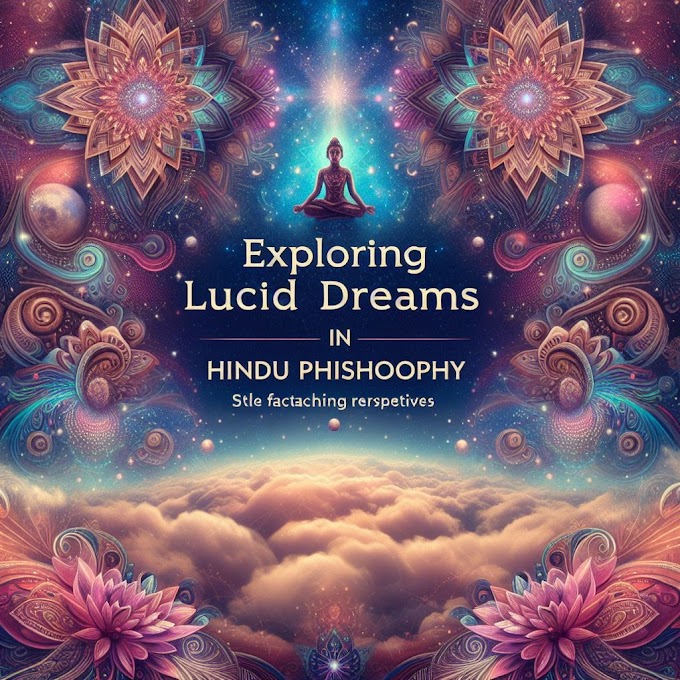Light Therapy for Lucid Dreaming
Introduction:
Hey dreamers, have you ever tried to control your dreams? Imagine, how pleasurable it is to fly in the open sky, visit imaginary places, or meet with your favorite movie stars. Lucid dreaming, which is the art of becoming conscious within a dream and having control over it, has fascinated humanity for centuries.
In recent years, light therapy has emerged as a powerful tool to improve the lucid dreaming experience. In this article, we will dive into the world of light therapy and its connection to lucid dreaming. Moreover, we will explore the scientific basis and potential benefits of this fascinating technique.
The Influence of Light on Dreams:
According to sleep science, light has a profound impact on our sleep-wake cycle as well as the quality of our dreams. Do you know, our bodies naturally respond to different levels of light? If our eyes are exposed to bright light, it promotes alertness and reduces melatonin production.
You should keep in mind that melatonin is the hormone responsible for regulating sleep. Various studies have suggested that manipulating light exposure can influence dream patterns. If you can manipulate light in some specific pattern, then it is possible to increase the likelihood of lucid dream induction.
The Science Behind Light Therapy for Lucid Dreaming:
The purpose of light therapy is to stimulate the brain and promote particular physiological responses through the strategic application of particular light wavelengths.
Initial studies have yielded encouraging results, even though the precise connection between light therapy and lucid dreaming is still being investigated.
Alpha and theta waves, which are linked to relaxed and dreamlike states, can be increased by light therapy, which affects the brain's frequency patterns.
By exposing individuals to light during specific sleep stages, researchers believe that it may be possible to improve their chances of experiencing lucid dreams.
Light-induced lucid dreaming (LILD) techniques involve waking up briefly during the night and exposing oneself to light for a short period before returning to sleep.
This process aims to prime the brain for lucid dreaming during subsequent REM (rapid eye movement) sleep cycles. This is the state where dreams are most vivid.
Go to this link for light-emitting devices: Read More
The Potential Benefits of Light Therapy for Lucid Dreaming:
In addition to the thrill of having control over dreams, lucid dreaming has demonstrated potential advantages for self-awareness, personal development, and even therapeutic applications.
These benefits might be boosted by the possible enhancement of lucid dreaming by light therapy. For instance, people might use lucid dreaming to get over fears, practice real-life situations, foster creativity, or acquire knowledge in their subconscious minds.
Moreover, light therapy itself offers various advantages beyond its potential for lucid dreaming. It has been used to alleviate seasonal affective disorder (SAD), regulate circadian rhythms, and improve overall sleep quality. By incorporating light therapy into your regular sleep routine, you may provide additional benefits to your lucid dream journey.
Read More: Yoga Nidra for Lucid Dreaming, Sleep & Insomnia | Explore Your Heaven
Conclusion:
At last, I want to say that numerous people have been fascinated by the idea of lucid dreaming. So, light therapy might be the key to achieving even more extraordinary dream experiences. The connection between light therapy and lucid dreaming is an intriguing area to investigate, even though the research on this subject is still in its early stages.
You have to keep in mind that lucid dreaming requires effort, commitment, and an open mind. As you set out on this journey, think about incorporating light therapy techniques to improve your dream explorations.
Frequently Asked Questions (FAQs):
Q1: Is light therapy safe for everyone?
A: Light therapy is generally considered safe for most individuals. However, if you have specific medical conditions or take medications that increase sensitivity to light, it is advisable to consult with a healthcare professional before starting any light therapy regimen.
Q2: Can light therapy guarantee lucid dreaming?
A: Lucid dreaming is a complex phenomenon, and individual experiences may vary. While light therapy can potentially enhance the likelihood of lucid dreams, it does not guarantee their occurrence. Consistency and practice with lucid dreaming techniques remain crucial.
Q3: How long does it take to see results with light therapy for lucid dreaming?
A: The time required to see results may vary from person to person. Some individuals may experience an improvement in dream recall and lucidity relatively quickly, while others may require more time and practice. Patience and persistence are key when exploring lucid dreaming techniques.
Q4: Are there any side effects associated with light therapy?
A: Light therapy is considered safe and generally free of significant side effects. However, some individuals may experience mild effects such as eye strain, headache, or temporary sleep disturbances. Adhering to recommended guidelines and adjusting light exposure based on personal comfort can help minimize any potential side effects.
Q5: Can I use a regular lamp or light source for light therapy?
A: Light therapy typically utilizes specialized light devices designed to emit specific wavelengths of light. While regular lamps may provide some general benefits, they may not deliver the optimal light intensity and wavelength required for targeted light therapy. It is advisable to use purpose-built light therapy devices for the best results.

.png)




.png)







